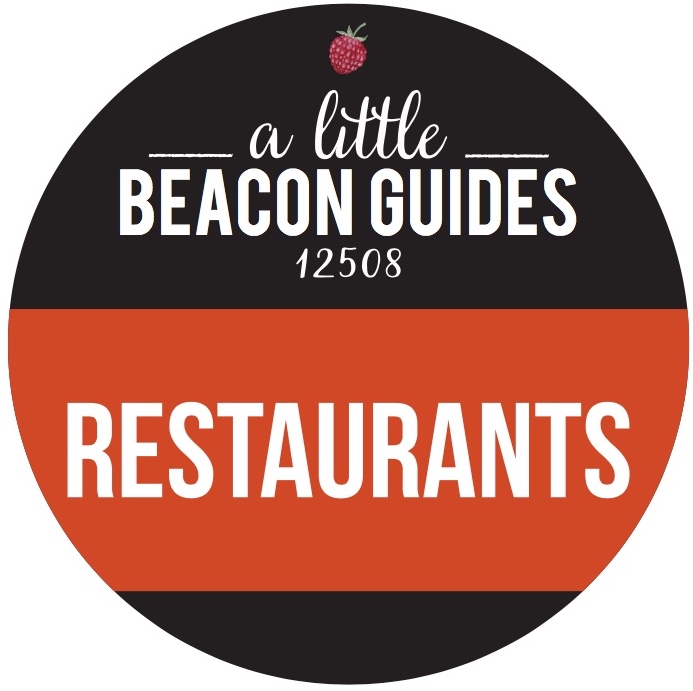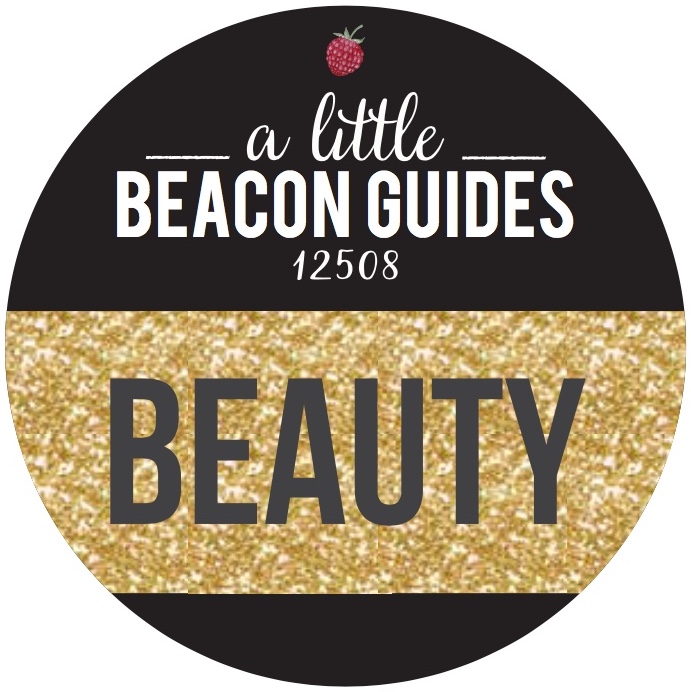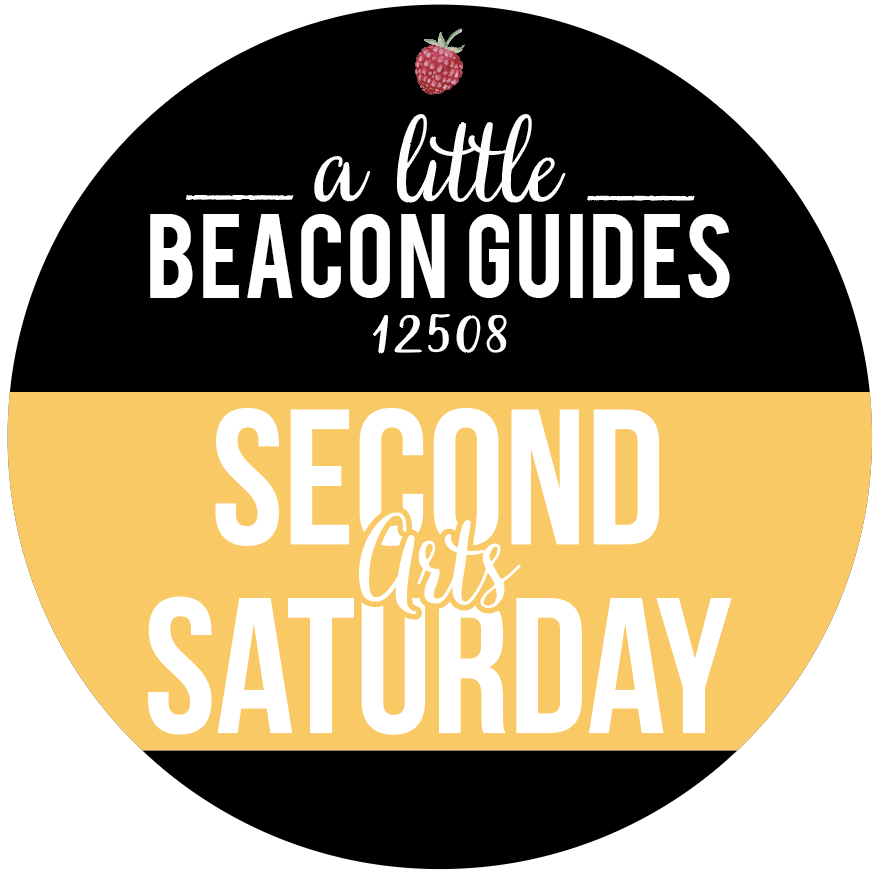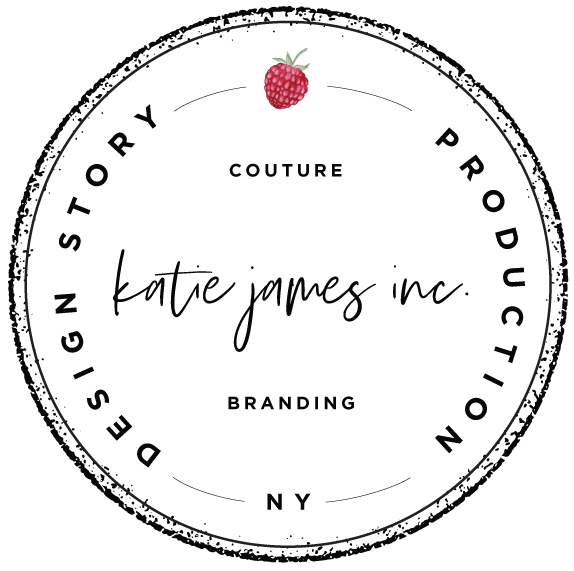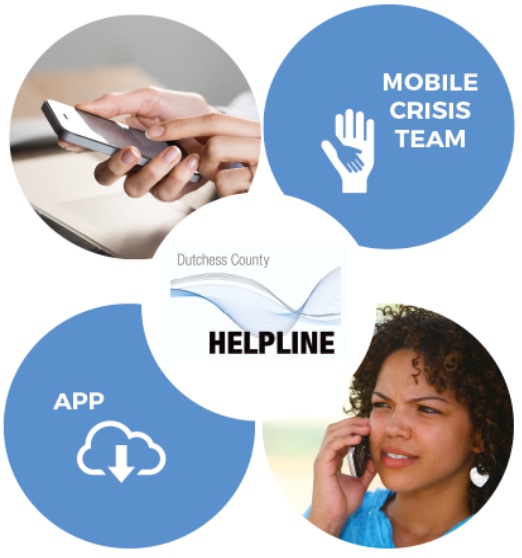Postcards From Beacon: What's In A Name? Word Play - Origins and Meanings of Local Names in Beacon
/A vintage postcard from Beacon, illustrated with pictures of what made Beacon Beacon at the time of printing.
Photo Credit: Published with permission from The Beacon Historical Society.
"Postcards From Beacon" is an original series on A Little Beacon Blog in partnership with the Beacon Historical Society to continue keep the history and stories of Beacon alive, known and talked about. Trustee Diane Lapis is the author of this series. This series is presented by our sponsor, Accuprint Pac 'N Ship, located at 242 Main Street near Homespun and Isamu, who can ship the smallest postcard or envelope to the largest box. They are happy to pack it for you, and even serve as a drop-off location for your pre-paid shipping, like returns from online ordering.
Melzingah, Fishkill, Matteawan, Tioronda, and Beacon are familiar names to Beaconites… but how did these names come to be?
Melzingah Was Almost the Original Name of Beacon
Prior to 1913, our city, before it was called Beacon, was comprised of two separate river village entities: Fishkill Landing, near the Hudson River and its busy ports, which incorporated as a village in 1864; and Matteawan, an industrial hub located near the Fishkill Creek, which incorporated in 1886. These two villages shared common interests and a growing population: schools, police, fire companies, and Main Street. After nearly 25 years of operating independently, a formal Charter Committee met in 1910 to discuss joining forces.
The original Charter Committee favored the name Melzingah, an old Native American name well known in the area. According to Double Dutched: The Puzzling State of New York’s Native American Place Names, by Evan Pritchard, the Wappinger Indians held council fires on the small island they named Maysingweh, or "tree-place spirit," in what is now Madam Brett Park. “Tree-place spirit” is quite a perfect description of what is now that park, don’t you think? If you haven’t walked there, A Little Beacon Blog’s Historical Hiking contributor Dylan Price wrote you a guided tour, and the Highlands Current wrote an in depth description of why an island there was once called Fairy Island.
This series is presented by our sponsor, Accuprint Pac 'N Ship, located at 242 Main Street near Homespun and Isamu, who can conveniently ship the smallest postcard or envelope to the largest box. They are happy to pack it for you, and even serve as a drop-off location for your pre-paid shipping, like returns from online ordering.
Other members of the Committee suggested Mt. Beacon, Tioronda and Dutchess City. When word of the name Melzingah leaked out, the press had a field day. The committee decided to drop the “h” so that “any fool could spell it”. Here is what the Wappingers Chronicle had to say about the name: “Melzingah may sound well to the Fishkill-Matteawanite but to the outside world it has a flavor of the Arabian Nights mixed with a nightmare dream after a feast of welsh rarebit, mince pie, cream cake, and hard cider. A brand new city, taking its first toddling steps among its sisters and neighbors in the race for preference should not have been compelled to carry a handicap like Melzinga”.
On May 15, 1913, nearly three years after the original meeting to join the two villages, legislation was passed to merge the two river villages into one city with the name of Beacon, a name that came from the signal fire built atop Mount Beacon during the American Revolution. If you are wondering where the dividing line between Matteawan and Fishkill Landing was, stand on the corner of North and South Chestnut Avenue and Main Street by Rite Aid, the old Schoonmaker’s Department Store.
The old Schoonmaker’s Department Store on the corner of of North and South Chestnut Avenue and Main Street by Rite Aid.
The Name Melzingah Lives On
The name Melzingah was not to be forgotten! When a chapter of the Daughters of the American Revolution (DAR) formed at the Madam Brett House in 1896, who immediately took measures to mark local historical sites, members choose the name Melzingah, as it was "the most pleasing to the ear and also associated with the old tradition of the place." In Beacon, a road, a dam, and a reservoir still hold this name today.
Madam Brett's house, the location for the meeting of a chapter of the Daughters of the American Revolution (DAR) when meeting to select their chapter name. Katherine Wolcott Verplanck was a founding member.
Photo Credit: Published with permission from The Beacon Historical Society.
The Origins of the Name Matteawan
According to Mr. Pritchard, Matteawan is derived from a name given by the Munsee tribe who coexisted with the Wappinger Indians in what is now Beacon. It’s original name Mettawan, meaning, “trout stream,” was changed to Matteawan or “humble little stream”. The Munsee were poking fun of another tribe, the Kitchewank, located further south, who lived near a larger stream and called themselves “People of the Great River”.
The Origins of the Name Fishkill and Tioronda
Whether you pronounce it “crick” or “creek”, there are a few stories of how Fishkill Creek got its name. The Dutch settlers called it “Vis Kill” or “fish creek” due to the abundant amount fish in the stream. “Vis” is the Dutch word for “fish,” and “kill” is the Dutch word for “creek” So, when you say Fishkill Creek, the word Creek is essentially redundant: “Fish(creek) Creek”! The creek was also known as Tioronda, named by the Iroquois tribes of the area, translating to "little stream that flows into big water".
Another local legend attributes the naming of the creek by Henry Rowe Schoolcraft, a Native American historian, and expert on Indian languages and customs. According to this story, Henry was walking along the creek in 1845 with Charles Fenno Hoffman, author, poet and editor. Henry suggested an Indian name “Tioronda” meaning “meeting of the waters."
The Mill Bridge Dam, Fishkill Creek in Beacon, NY.
Photo Credit: Published with permission from The Beacon Historical Society.
The ancient lands comprising our community, named by the Native Americans centuries ago, still maintains its tree-spirit and scenic meeting of the waters, while paying homage to our western history and culture.
Glossary Recap
Tioronda:
"little stream that flows into big water": named by Iroquois tribes of the area
“meeting of the waters": named by Henry Rowe Schoolcraft
Fishkill
“Vis Kill” or “fish creek”: named by the Dutch due to the abundant amount fish in the stream
Matteawan
Originally called Mettawan, meaning, “trout stream.”
Changed to Matteawan or “humble little stream.”
Melzingah
Inspired by the name Maysingweh for an island at Madam Brett Park where the Wappinger Indians held council fires and felt the spirits of little people, fairies, or "tree-place spirit."
Beacon
Named for signal fire built atop Mount Beacon during the American Revolution. The town was named for the mountain beneath which it sits.
About the Beacon Historical Society
To learn more about the history of Beacon, please visit the Beacon Historical Society at the Howland Cultural Center, 477 Main Street in Beacon, NY on Thursdays from 10-12 pm and Saturdays 1-3 pm. For more information, check out www.beaconhistorical.org, on Facebook, or email us at beaconhistorical@gmail.com. Join us at 7pm on the fourth Tuesday of each month for interesting presentations about Beacon’s history.









